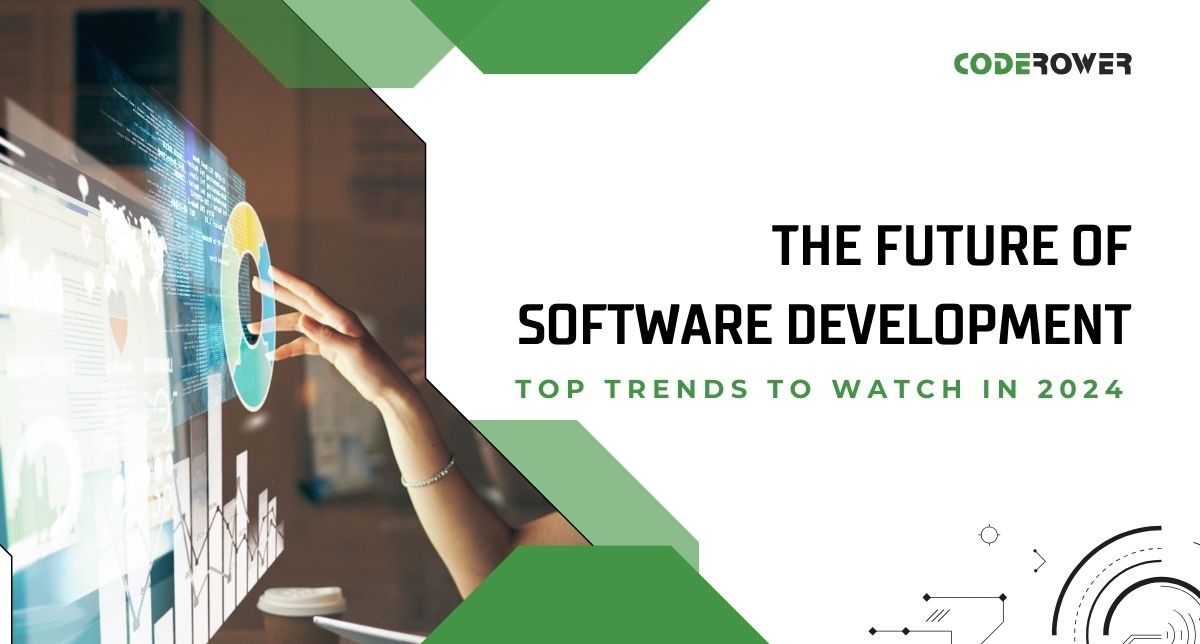
The Future of Software Development: Trends to Watch
- 0
In today’s rapidly evolving technological landscape, software development is at the forefront of innovation. As we look towards the future, there are several key trends that are shaping the way software is being developed and utilized. In this article, we will explore some of the most significant trends in software development that are worth keeping an eye on.
Artificial Intelligence and Machine Learning
One of the most exciting trends in software development is the increasing integration of artificial intelligence (AI) and machine learning (ML) technologies. These technologies are revolutionizing how software can be used to analyze data, make predictions, and automate tasks. AI and ML are being incorporated into a wide range of applications, from customer service chatbots to autonomous vehicles.
Cloud Computing
Cloud computing has become an essential component of software development, allowing developers to build and deploy applications more efficiently and cost-effectively. The cloud provides scalable infrastructure, storage, and computing power, enabling developers to focus on creating innovative solutions without the burden of managing hardware.
Internet of Things (IoT)
The Internet of Things (IoT) is another trend that is transforming software development. IoT devices are becoming increasingly prevalent in our homes, workplaces, and cities, creating new opportunities for developers to create connected and intelligent systems. Software development for IoT involves building applications that can interact with and control a diverse range of devices.
Blockchain Technology
Blockchain technology is not only synonymous with cryptocurrencies like Bitcoin but also holds great promise for software development. Blockchain enables secure and transparent transactions, making it ideal for applications that require trust and immutability. Developers are exploring ways to implement blockchain in various industries, including finance, healthcare, and supply chain management.
Low-Code and No-Code Development
Low-code and no-code development platforms are empowering individuals with non-technical backgrounds to create software applications without writing code. These platforms offer visual interfaces and drag-and-drop tools that streamline the app development process. This trend is democratizing software development, allowing more people to participate in creating digital solutions.
DevOps and Continuous Integration/Continuous Deployment (CI/CD)
DevOps practices and CI/CD pipelines are becoming standard in the software development industry. DevOps promotes collaboration between developers, operations teams, and quality assurance to streamline the development, testing, and deployment processes. CI/CD enables developers to automate building, testing, and deploying code changes rapidly and reliably.
Augmented Reality (AR) and Virtual Reality (VR)
AR and VR technologies are opening up new possibilities for software development by creating immersive and interactive experiences. These technologies are being leveraged in fields such as entertainment, gaming, healthcare, and education. Software developers are experimenting with AR and VR to create innovative applications that blur the line between the physical and digital worlds.
Conclusion
The future of software development is full of exciting trends and innovations that are reshaping the way we build and use technology. From AI and cloud computing to IoT and blockchain, developers have a wealth of tools and technologies at their disposal to create cutting-edge solutions. By staying informed and adapting to these trends, software developers can stay ahead of the curve and drive meaningful change in the industry.

